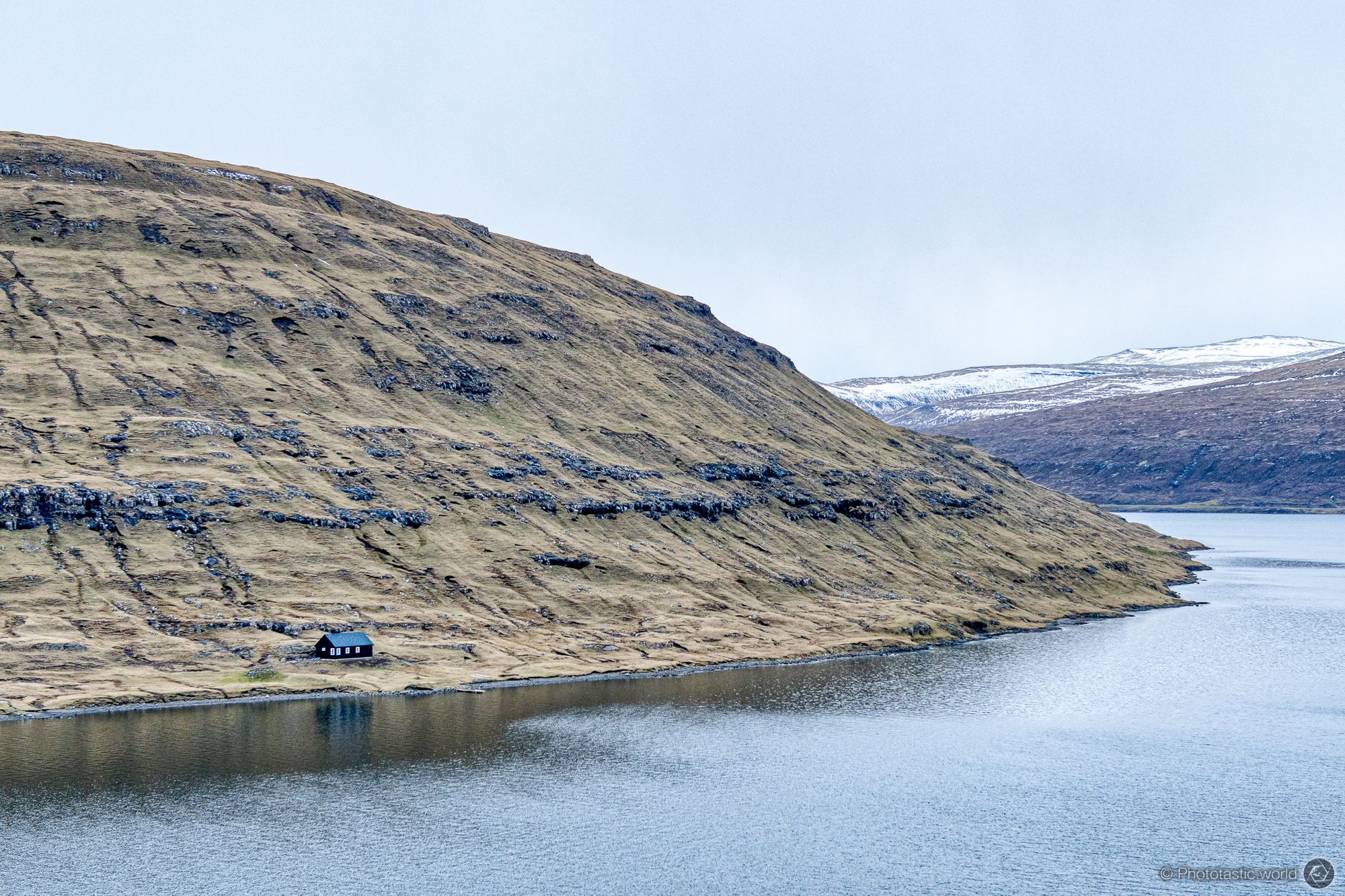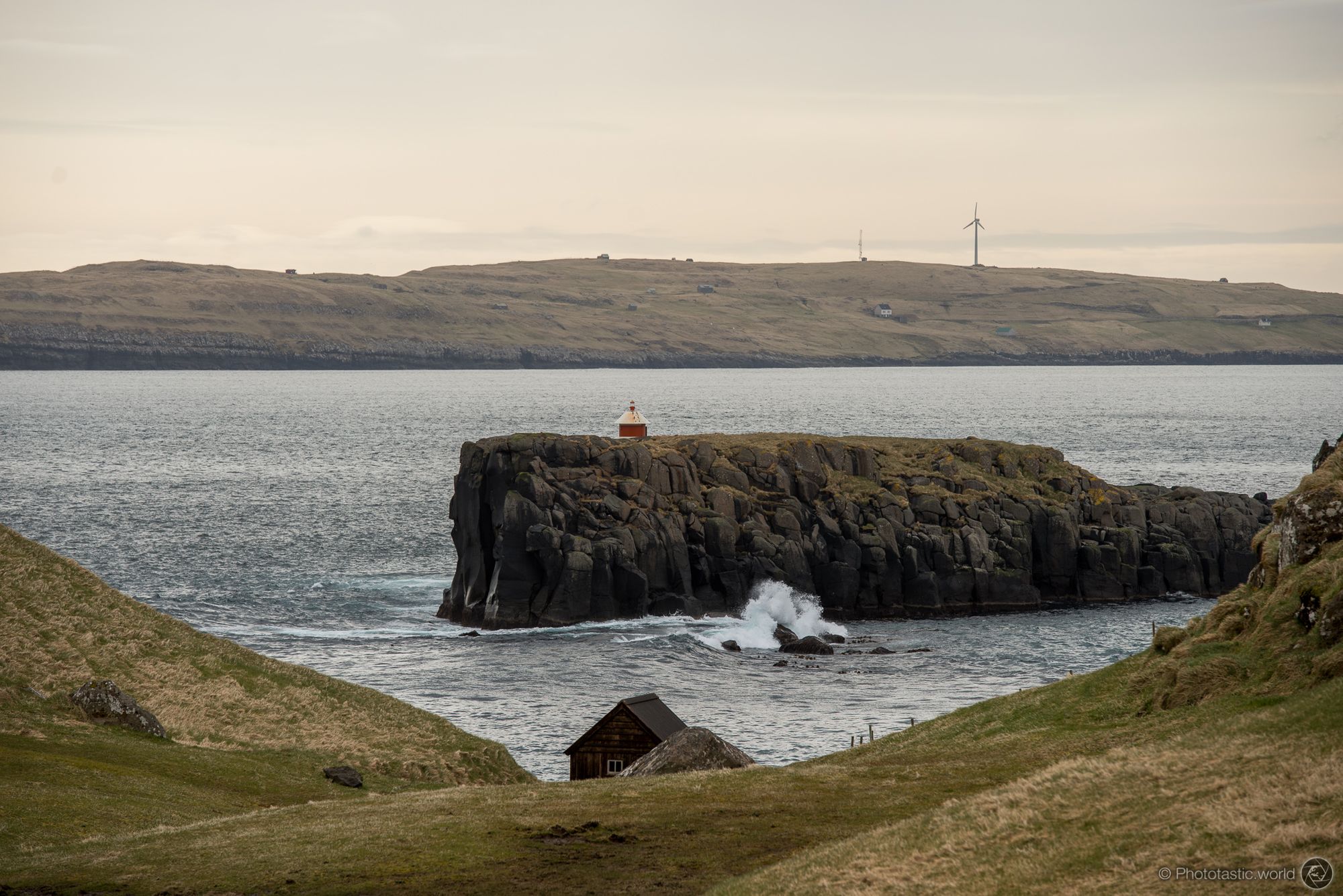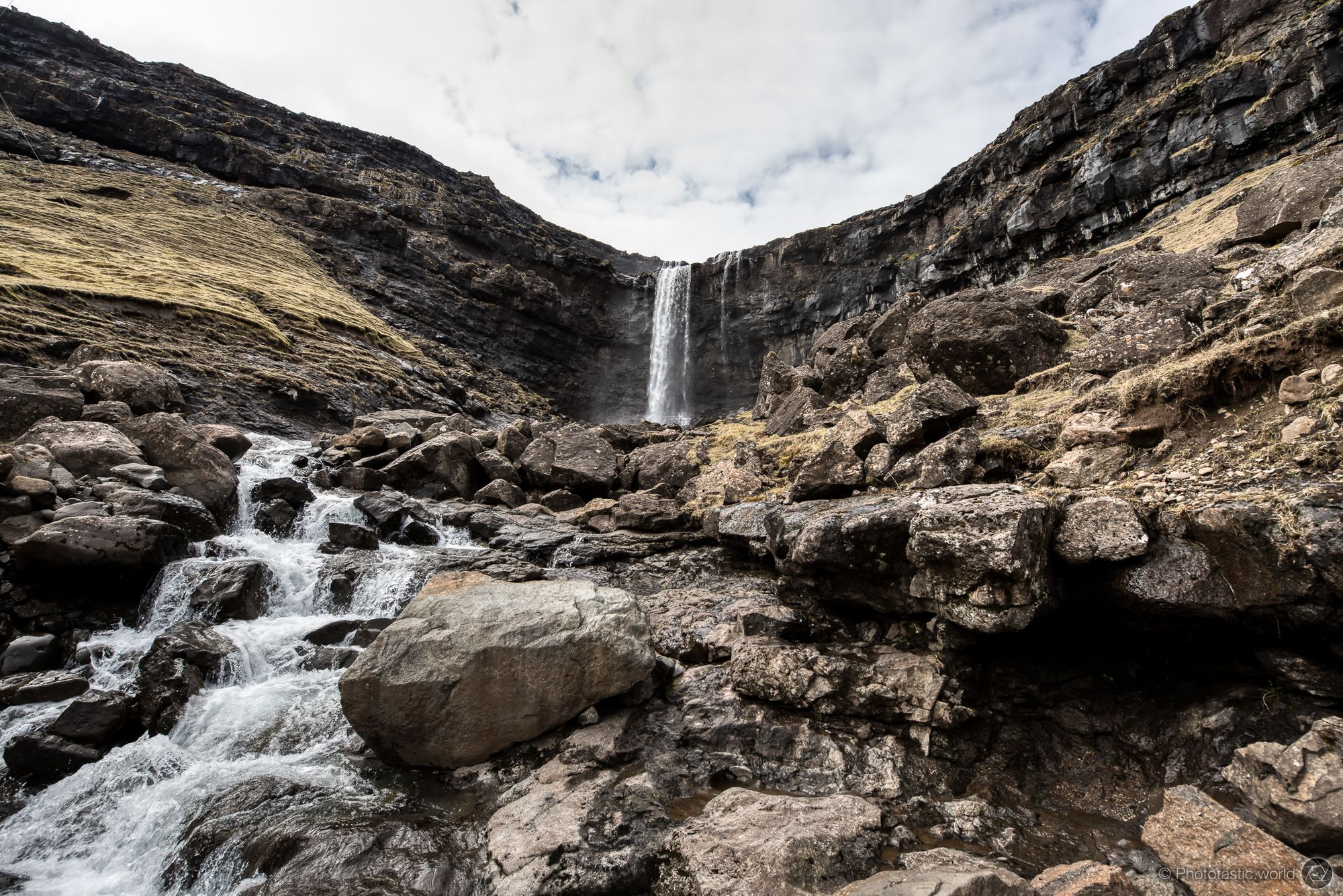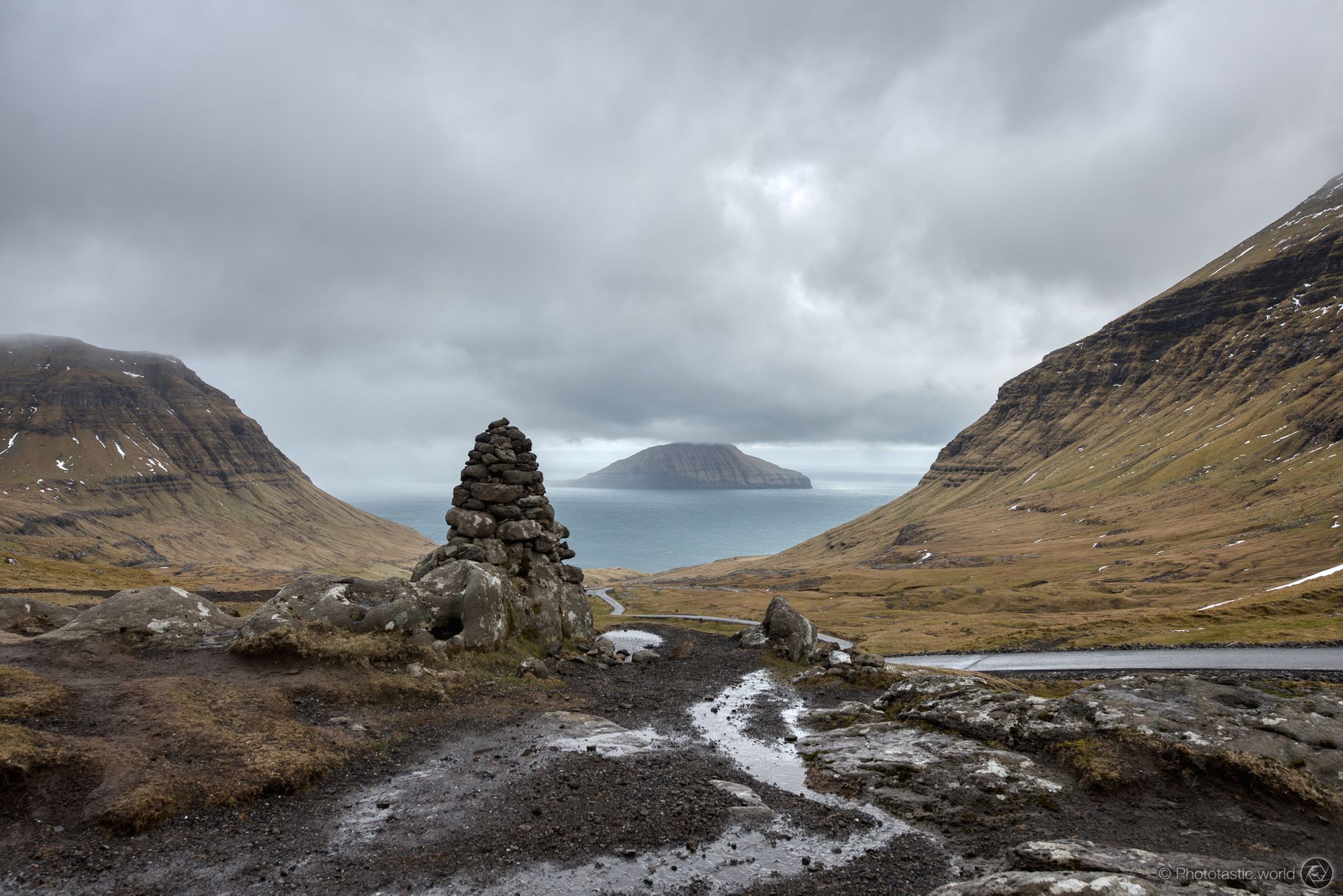What you will find here
planning advice for your visit to Faroe Island, including:
- Essential Information about Faroe Islands (short & sweet)
- Trip Planning Advice (when to go & what to bring)
- Faroe Islands Highlights & Tops 10 places to visit
- Our travel photos to give you a better idea of what to expect
Nowadays, it seems as if everything has been discovered. Most places you visit, you expect to see bus loads of Japanese, Chinese and other highly motivated tourists, cameras and phones ready and eager to swarm the most exciting sites. Iceland, for instance, is being overrun by tourists in some areas, mostly along the ring road, while the more remote areas are usually less crowded. But what about Faroe Islands?
If you were hoping that Faroe Islands are so small and remote that surely, this place must have been spared from mass tourism, I need to disappoint you. First of all, it is only about 700km from the now so popular Iceland and a short plane ride of about 1.5 hours will take you from Reykjavik to Vagar, which is why many tour operators offer combined packages as essential part of "THE North Atlantic Experience". Secondly, it offers some quite spectacular landscapes and photo spots, great hiking trails, an El Dorado for bird watchers and interesting food experiences. The good news is, tourism is nowhere as bad as in Iceland and since Faroe Islands consist of 18 islands, you do have a number of options to avoid other tourists, even more so if you rent a car and don't mind getting up early.

Faroe Islands Basics – Short & Sweet:
- Location:
- 18 volcanic islands in the North Atlantic between Scotland & Iceland
- Capital:
- Tórshavn
- Form of Government:
- Democratic self-governing nation within the Kingdom of Denmark
- Population:
- Around 53.000 (02/2021), for more details, visit Statistics Faroe Islands
- Currency:
- Danish Króna (DKK) Check Conversion Rate; credit cards are widely accepted
- Time Zone:
- Winter: GMT; Summer: GMT+1
- Languages:
- Faroese & Danish - but don't worry, most people speak English + are known to be quite friendly (which our experience confirms)
- Local Food:
- Lots of fish and lamb, fermented meat, some root vegetables; tab-water is of excellent quality & safe to drink!
- Most Important Industries:
- Fishing & Tourism
- Climate:
- Around 3°C / 38F (winter) - 11°C / 52F (summer)
- Airport:
- Vágar (FAE) - the only international airport
- Road Conditions:
- Good, many narrow roads & some dirt roads in remote area; right-hand traffic; there are a lot of sheep, so watch out!
- Visa Requirements:
- EU & Schengen citizens do not require a visa; visit the Danish Immigration Service Website for more information
- Wifi-Accessibility:
- 4G is widely available; hotels offer free wifi & there are free wifi hotspots in Tórshavn
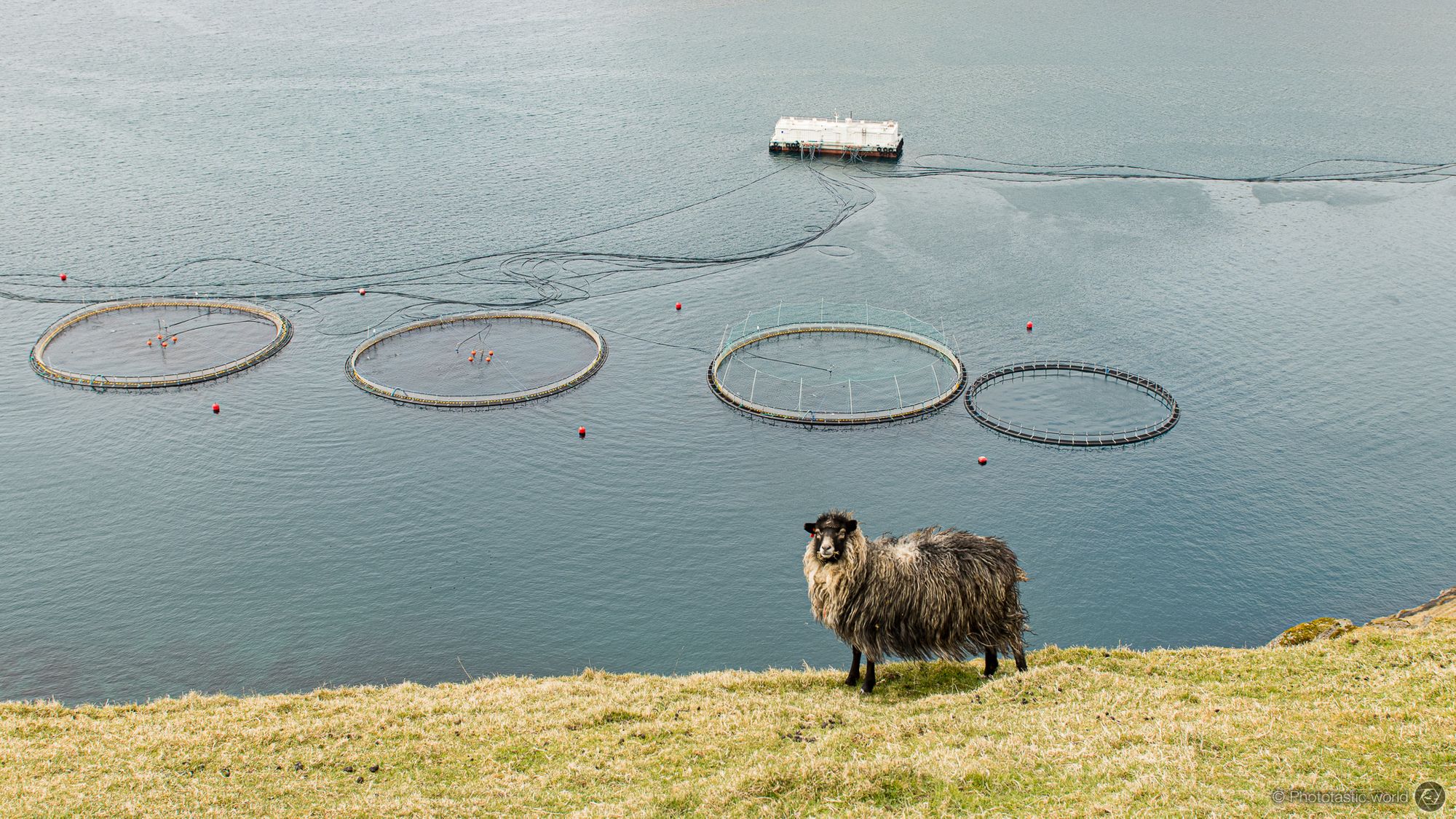
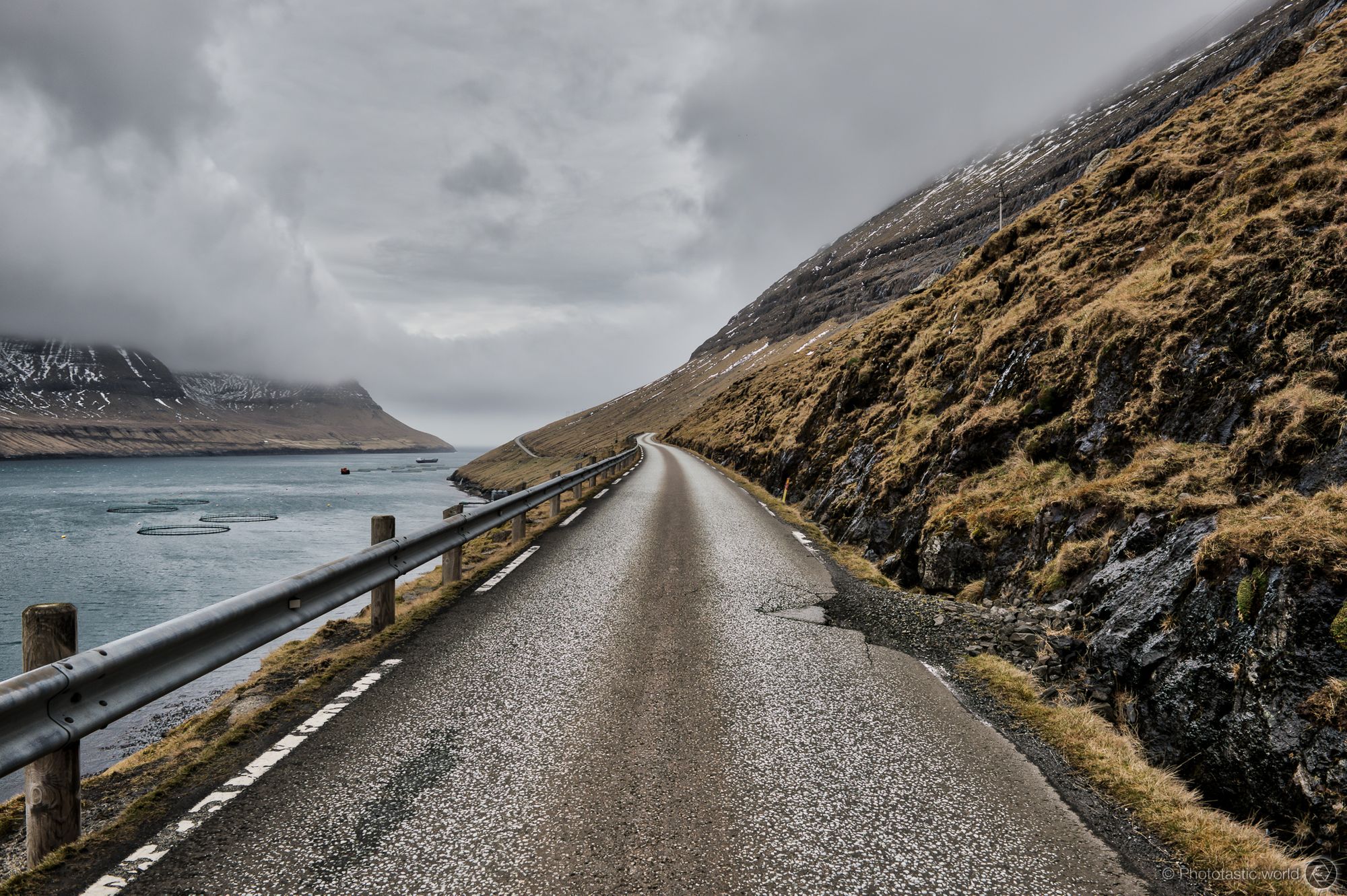
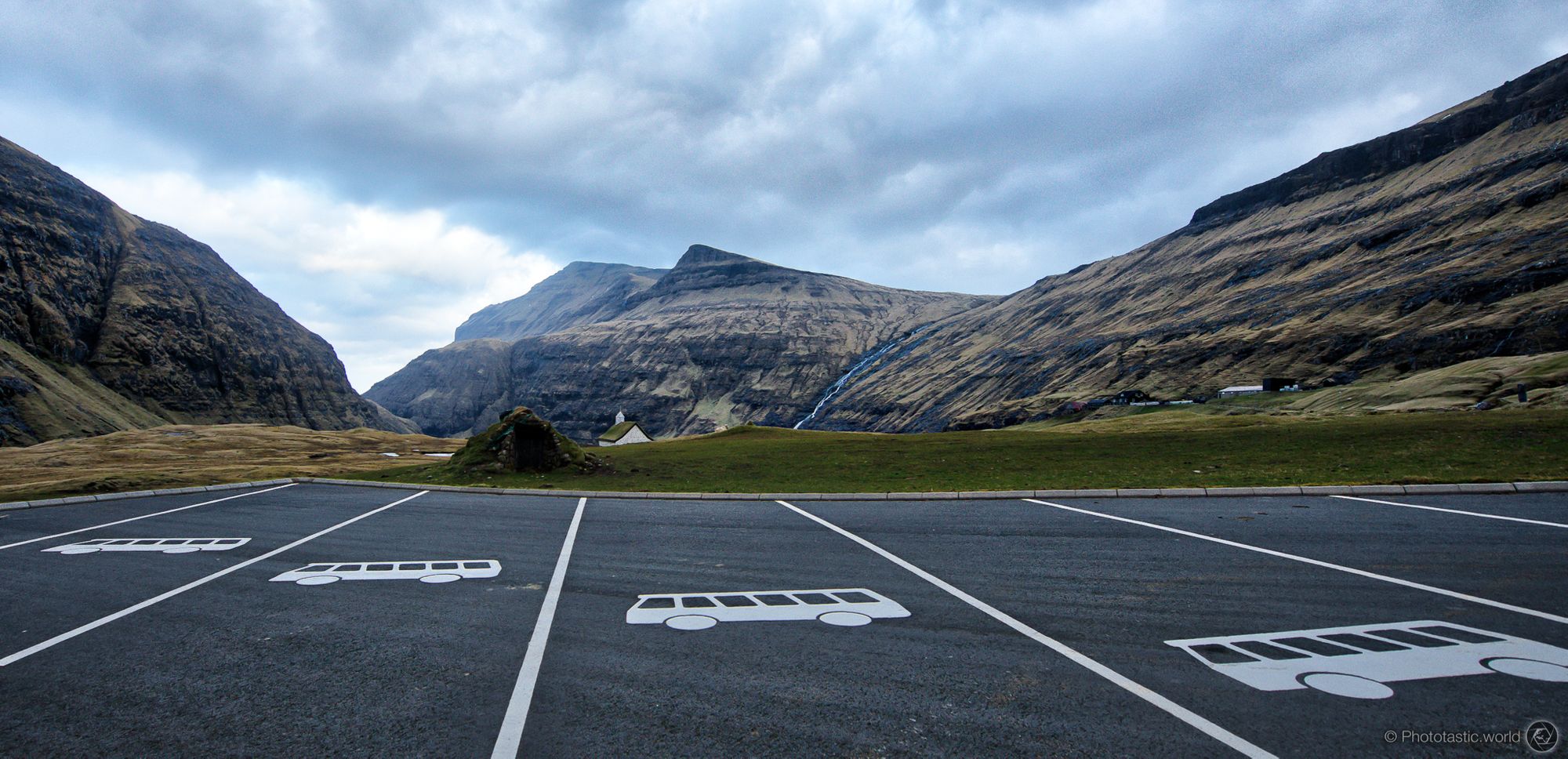
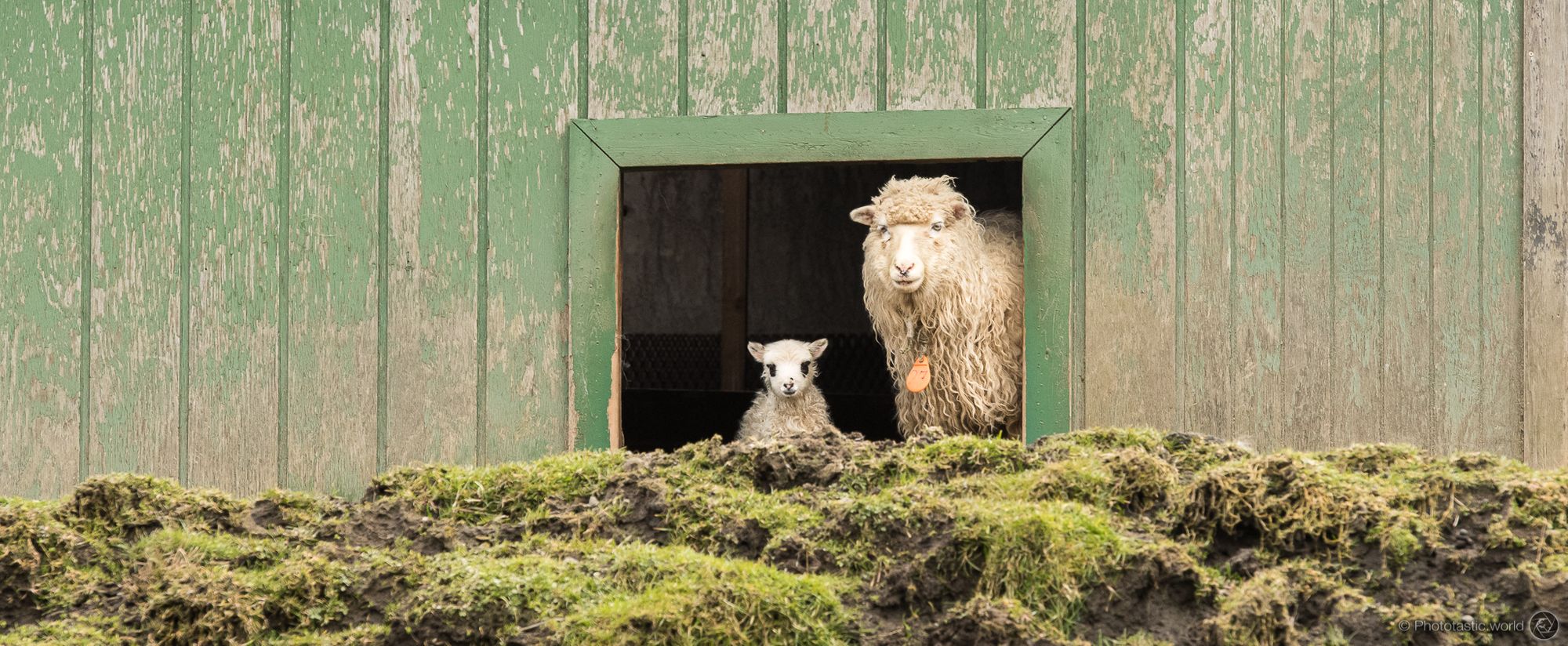
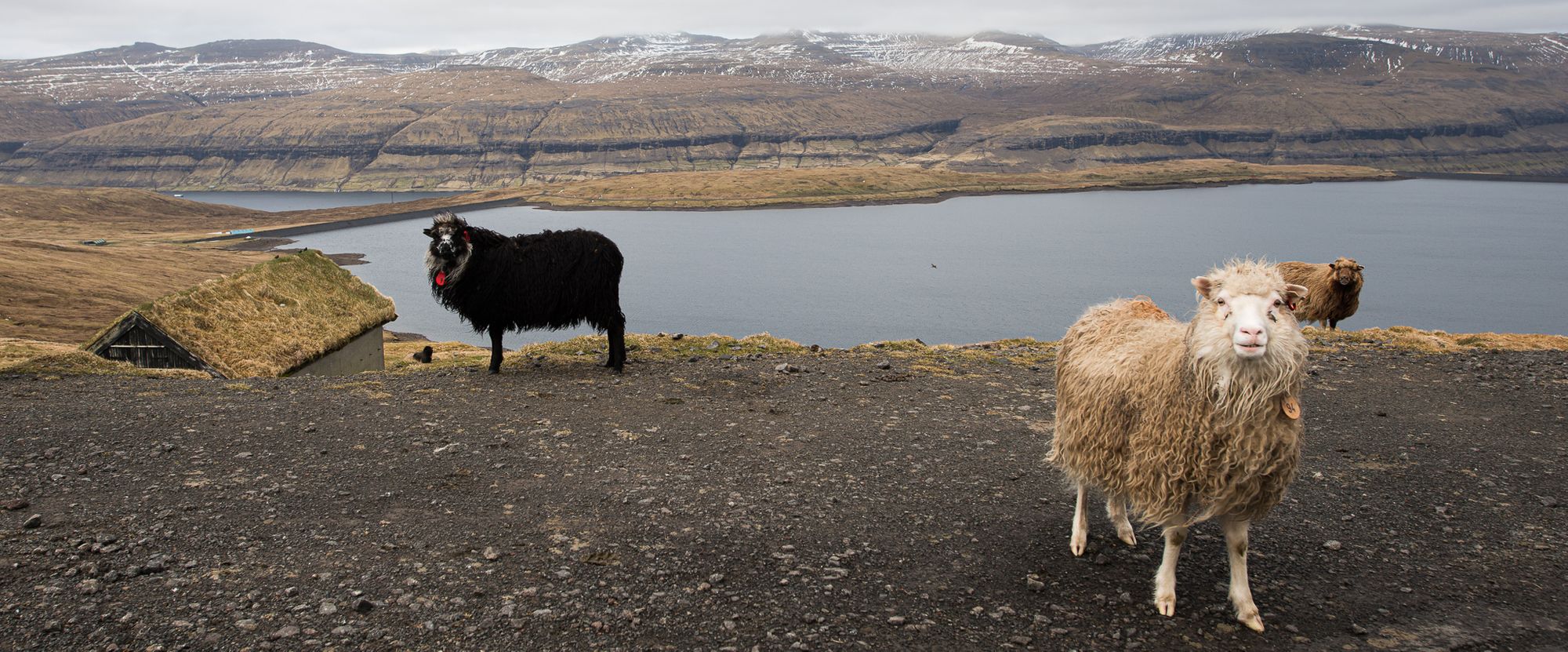
Trip Planning Advice
Best time to visit Faroe Islands
Generally recommended: June-August
Why? Temperatures reach as high as 13°C/ 56F and it "only" rains about 13 days a month vs 16 or more the rest of the year. Due to the country's very northern position in the hemisphere, days in summer are long and short in winter. Therefore, your chances to catch a few glimpses of the sun will greatly increase.
If you want to avoid crowds, consider April or May. We visited in April. It was only around 3°C and quite rainy with only a few glimpses of the sun - but still well worth the trip!
The weather is known to be unpredictable and fast-changing. Throughout the year, it is rather cool, cloudy and also windy. If you don't like rain and prefer warmer temperatures, you may think that Faroe Islands are not the most ideal destination for you - but with the right attire, you'll be fine. Don't let the weather forecast scare you! It is well possible that the clouds will be blown away in a matter of minutes.
How much time to spend on Faroe Islands
Our recommendation: at least 5-7 days
Most tourists only spend a couple of days on their way to or from Iceland and go to the most well-known sites to check them off their list, which is completely fine. However, there is an abundance of hiking and bird watching opportunities, making it well worth to stay a week or longer. Also, because it rains so much, if you only stay a couple or a few days, there is a good chance that it will rain your entire stay.

What to Bring on the Trip
Prepare for cool temperatures & rain - no need for shorts unless you are from one of those countries or US States where 10°C/ 50F are warm enough to bring out shorts and sandals.
When we visited Faroe Islands in April, we rented a car and drove around the Islands, always on the lookout for good photo spots. Besides visiting the cities and small villages, we also went on a few hikes. Therefore, we brought comfortable cloths but also layers of warm cloths and most importantly, waterproof clothing.
Some must-bring items if you are planning to be out and about:
- Warm coat & wind breaker
- Rain gear (rain coat & pants, umbrella)
- Layers
- Waterproof backpack with rain cover
- Hat & gloves
- Water-proof Hiking or Trekking boots
- Energy bars (limited selection & pretty expensive on site)
- Approx. 2 pairs of socks per day, bring some wool socks to keep your feet warm!

Where to Stay & How to Get Around
We visited Faroe Islands after spending 10 days in Iceland. The best connection at the time was to fly through Copenhagen, since flights from Denmark to Fareo Islands are technically domestic flights and the prices were quite reasonable. We arrived at Vágar Airport, the only international airport on Faroe Islands, which is close to the village Sørvágur, on the island Vágar.
We rented a car and picked it up directly at the airport - Avis had the most reasonable prices at the time. We stayed at AirBnBs in different towns. Faroe Islands are quite sparsely populated and the capital Tórshavn is the only bigger town. Therefore, this is where you will find most of the hotels. Anywhere else Airbnb is a great option and there are a number of cozy fishermen's cabins and vacation homes available, right in the middle of beautiful scenery and nature.
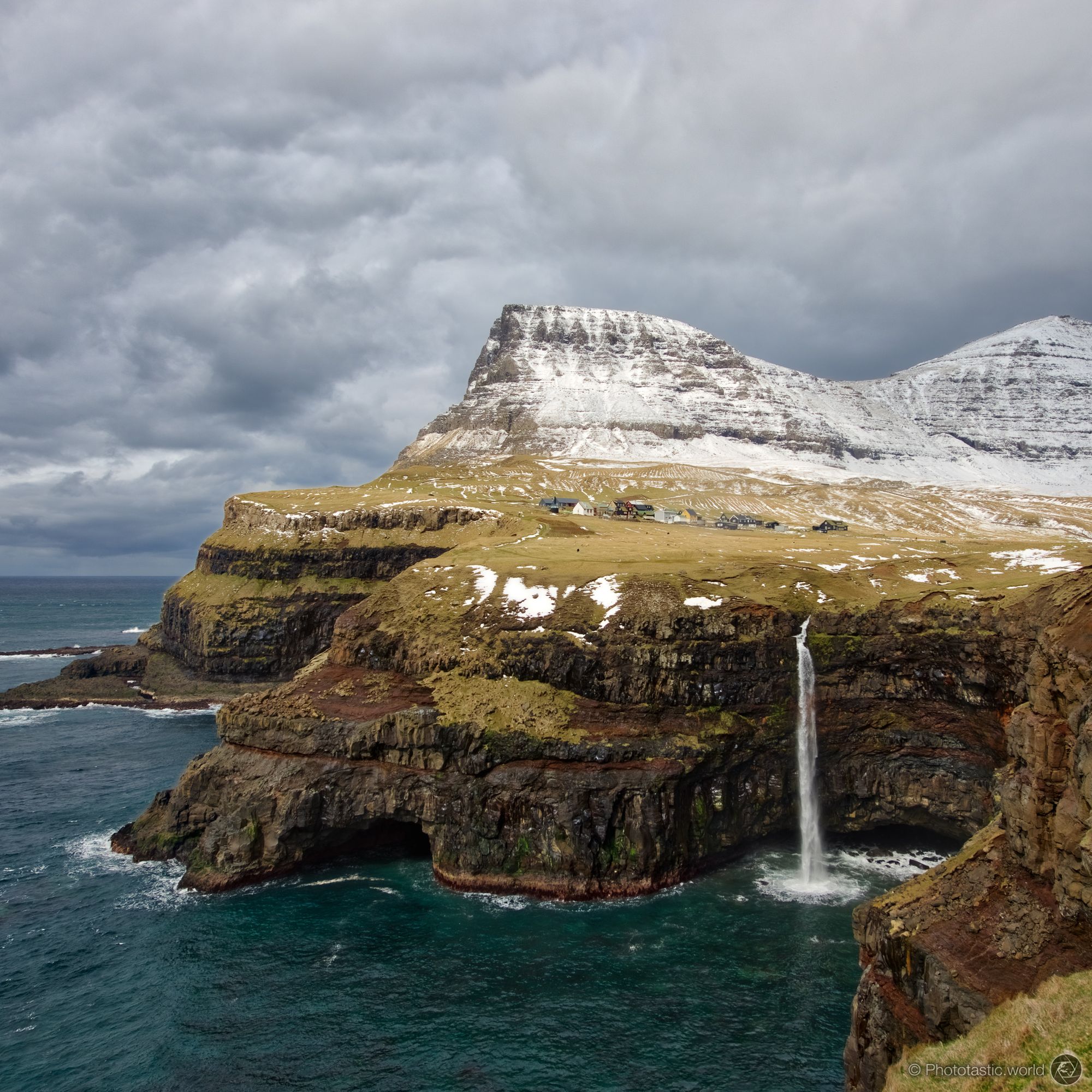
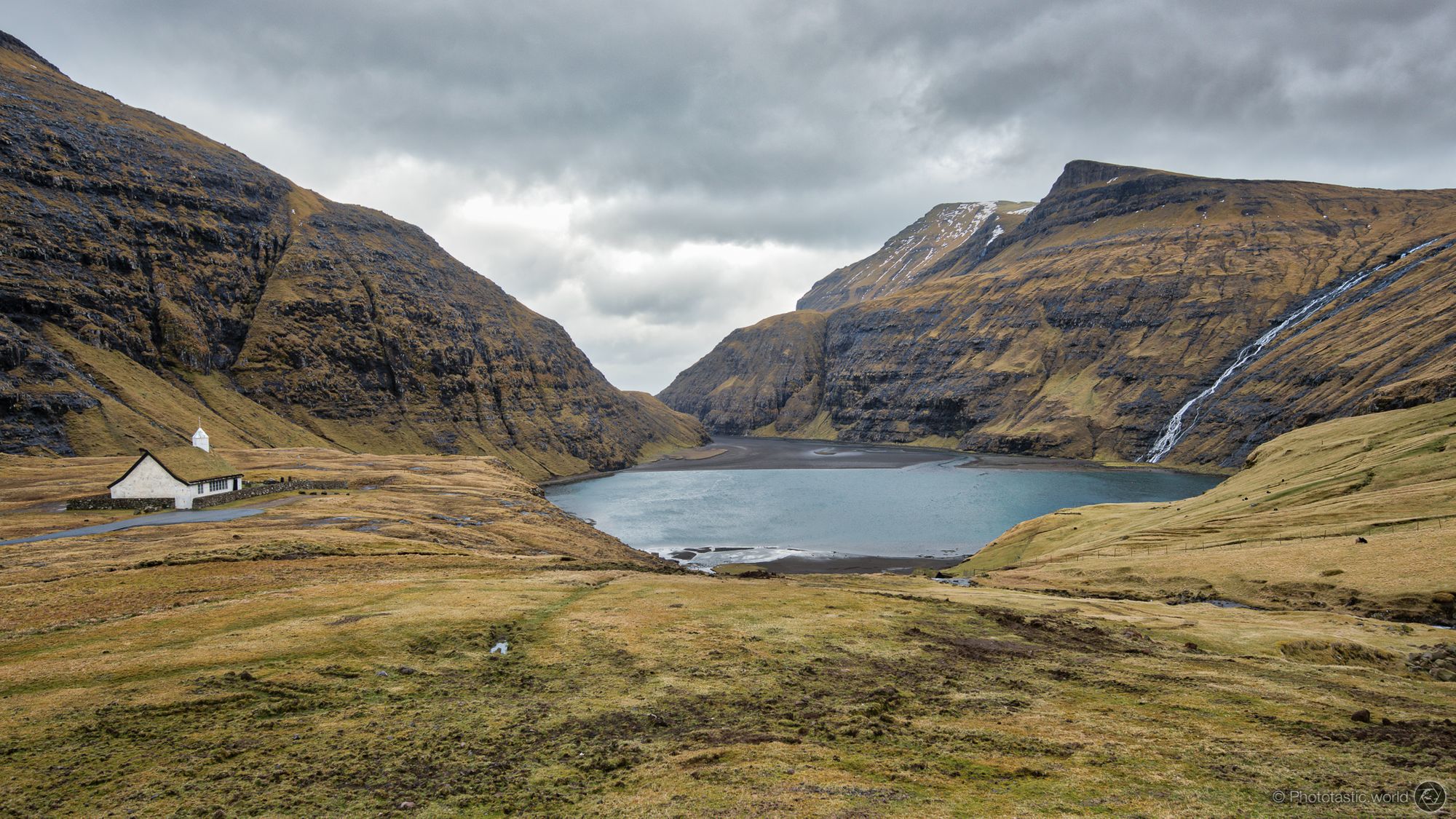
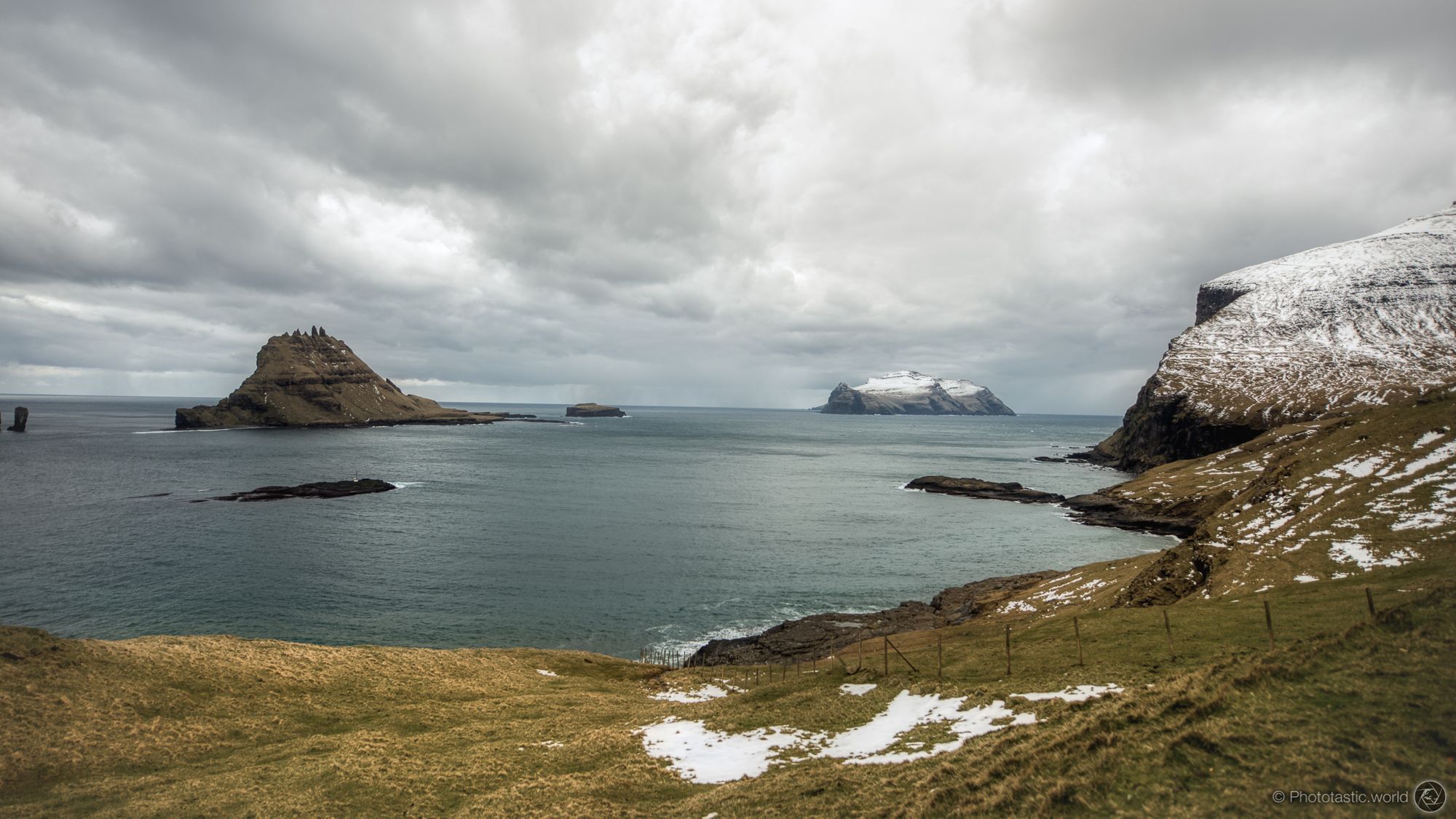
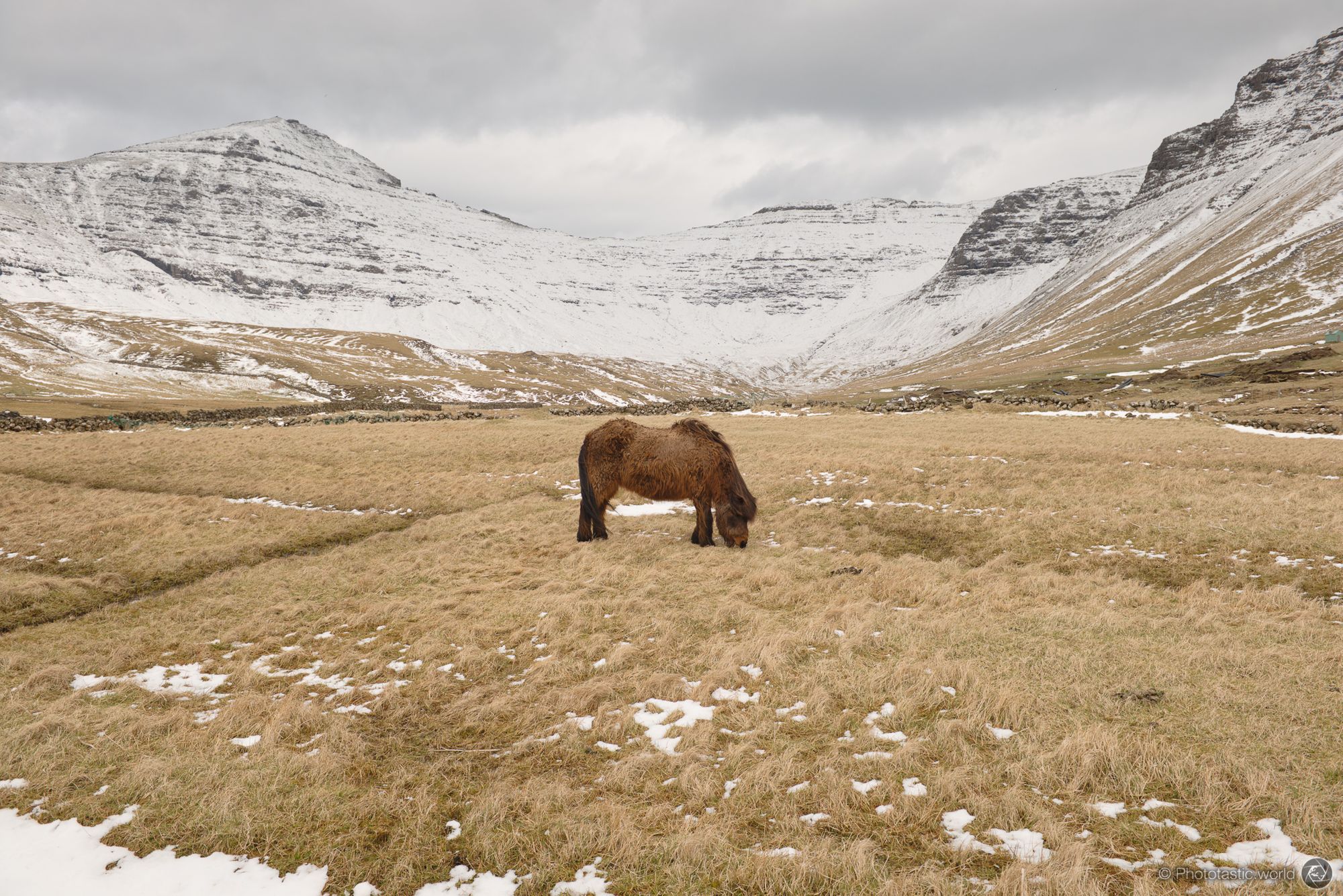
Faroe Island Highlights
Top 10 Places to visit on Faroe Islands
When planning a trip, one of the biggest challenges for us is to compile a comprehensive list of must-see-sights and unique places. Sometimes, the abundance of resources available online can be confusing or overwhelming.
When planning our itinerary, our focus is not only on the most famous sights but also on finding good photo spots. On Faroe Islands, we found some great spots just by driving along the narrow, winding roads & exploring the Islands on our own. The quickly changing weather makes every shot unique.
Here are our Top 10 recommendations:
- Gásadalur & Múlafossur - famous waterfall dropping into the sea
- Sakun - picturesque church & village
- Sørvágsvatn - Lake only about 30m above the ocean & easy hike
- Tjørnovik, Risin & Kellingin - great view of the giant & the witch rocks
- Kirkjubøur - historic site
- Gjógv - charming village & sea-filled gorge
- Tórshavn & Surroundings - especially the old town
- Island of Mykines
- Island of Kalsoy: Mikladalur & Kallur Lighthouse
- Vestmannabjørgini - Vestamanna Sea Cliffs
